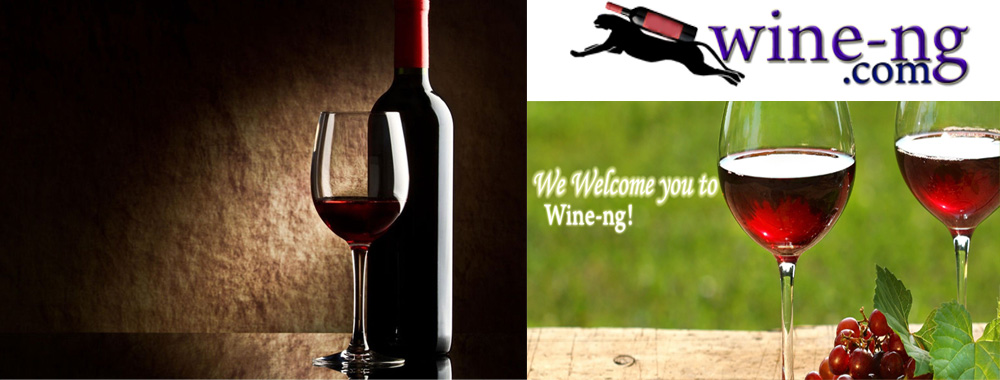
FOR waterlogged Johannesburg, appropriate weather for summer-friendly white wines seems a distant prospect. This is a pity, not only because the Cape produces more fine whites than reds, but because seasonal weather fluctuations should not affect the enjoyment of truly complex white wines. Only the very ordinary examples need chilling to the point that refreshment supersedes flavour.
As for the debate about whether or not our white wines deserve more attention than our reds — if you talk to the wine-writing fraternity — local and international, it’s treated as a foregone conclusion. Jancis Robinson has been saying this for years. Neal Martin, in his latest South African country report for eRobert Parker.com, noted “SA’s whites are on a roll. If you love Chardonnay … then the Cape is producing some of the most exquisite, mineral-driven you can find.
Alternatively, the white Rhône blends are constantly delivering something more esoteric, yet well-crafted and packed full of flavour, especially from Swartland.” Andrew Jefford, writing in Decanter, adds: “SA’s Chardonnays now seem to me to be the most drinkable, the most refined outside Europe.”
Never has this been more evident than in a Wine Wizard tasting line-up of a few weeks ago. The wine selection was arbitrary enough — the most recent 12 Chardonnays received for scoring and comment on the website.
The wines were tasted blind — though the list of producer names would not have alerted anyone to the inherent quality of what was lurking on the tasting bench. Of the six producers, only Glenelly enjoys a profile beyond the inner rings of wine-nerdery (and, it should be added, more for its reds than its Chardonnay.)
THE scoring system, which aligns to the points and medal calibrations of the Old Mutual Trophy Wine Show, sees wines in the 60-70 point range as “good, commercial, 70-80 (bronze medal) as “very good,” 80-90 (silver medal) as “superb” and 90+ (gold) “superlative, world-class.” All 12 of the wines tasted were comfortably in the medal bracket, with only two under the threshold for silver (80).
Given that two were gold medal scores and a further three resided in high silver, this was undoubtedly the strongest and most impressive group ever tasted in a single session.
The highest scoring wine was the Glenelly Grand Vin 2010 — intense and concentrated, faint caramel aromas blending with grapefruit pith and smoky peach notes. It was closely followed by the 2011 Domaine des Dieux from the Hemel-en-Aarde Valley — honeyed, harmonious, almost tropical, its creamy textures kept in check by faint lime flavours.
Among the top silvers, the Oneiric “Oh” 2012, with its white fruit and citrus nuances, was probably the best value bottle at the tasting.
Alongside it in terms of score was the 2011 Glenelly Grand Vin and a fabulous Havanna Hills 2014, still youthful and not yet fully integrated. It was a step up on two other wines from the same cellar, the 2012 standard release and the 2010 “Kobus” — both with early to mid-silver scores.
Other wines worth tracking down include the Glenelly Glass Collection (unwooded) 2011 and the Plaisir de Merle 2013 — finely balanced and way more interesting than the well-made but unremarkable reds on which the cellar’s reputation generally rests.
This was a selection which lacked the acknowledged top seeds of the industry: Paul Cluver, Jordan, Chamonix, Rustenberg, Hamilton Russell, KWV Mentor’s, Bouchard Finlayson, Tokara, Crystallum, Dewetshof or even the latest crop of Platter five star Chardonnays. Add these to the line-up and it’s not difficult to see that the depth of talent and quality here is unequalled by any other category — except possibly Chenin Blanc.
Why is it so hard for South African consumers to see and value this treasure trove? It may be the same blinkered vision which leaves us believing we have world class reds — and a world class rugby team.
FRENCH VERSION



